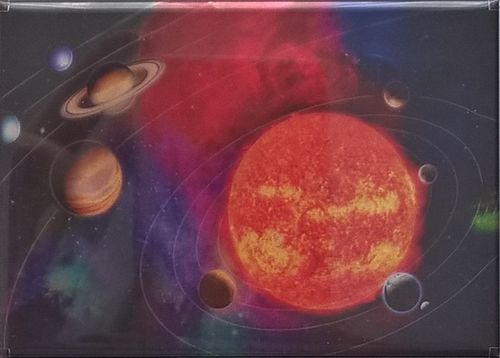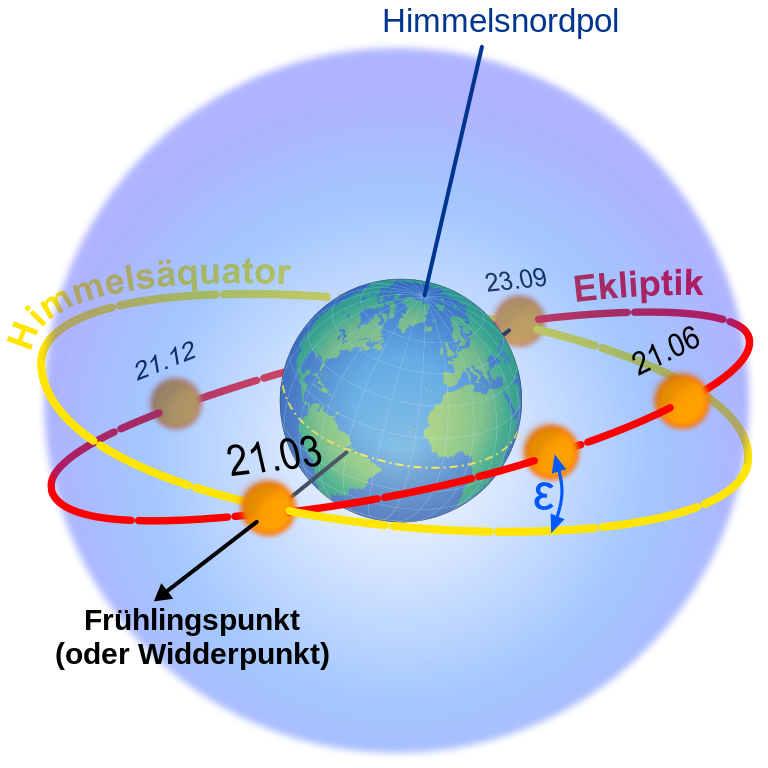Home page Gifts, toys, education 2D magnets
2D magnets
Ten 2D magnets set – Kids comic planets of the Solar systemProduct no.: cg151Set of ten round 2D magnets with comic images of the planets of the Solar system; Sun 5.6 cm; Pluto 2.5 cm; other planets 3.7 cm diameter
Delivery weight: 90 g
|
Magnet 2D – Sun and planets orbitsProduct no.: cg1612D magnet with the planets of our solar system and their orbits around the sun (9 x 6.5 cm)
Delivery weight: 50 g
|
Net prices without VAT or delivery
|
Magnets with 3D images of the planets of our solar system, of space flight and of men into space |
EclipticThe ecliptic is the apparent path of the Sun through the fixed star sky as seen from Earth over the course of a year. Sometimes the ecliptic plane, the plane in which the apparent orbit of the sun lies, is also referred to as the ecliptic. The moon and all the planets also lie on the ecliptic except for a few degrees deviation. On the celestial sphere, the ecliptic is a great circle. The ecliptic was already discovered in early antiquity. Although not during the day, at dusk the position of the sun can be seen on the background of the stars. The sun passes through a fixed sequence of 12 constellations (according to ancient division) or 13 constellations (according to modern division) during the year. A zone about 20 degrees wide around the ecliptic is called zodiac. The signs of the zodiac are named after the 12 ancient constellations of the zodiac. The northern and southern ecliptic poles are the two points of intersection of the celestial sphere with a straight line passing through the center of the Earth and perpendicular to the ecliptic plane. The obliquity of the ecliptic is the angle ε between the ecliptic plane and the equatorial plane. The plane of the ecliptic is not in the plane of the Earth's equator, which is fixed by the Earth's daily rotation on its axis, but is tilted by an angle of about 23.5°. This angle is called the obliquity of the ecliptic and also indicates the angular distance of the ecliptic poles from the celestial poles. Starting from Polaris, the northern ecliptic pole is about the same distance as the constellation Big Dipper, but in the constellation Dragon. The projection of the Earth's equator onto the celestial sphere, imagined from the center of the Earth, is called the celestial equator. The plane of the ecliptic is thus determined by the annual orbit of the earth around the sun, the plane of the equator by the daily rotation of the earth around its own axis. Picture: Die Ekliptik im geozentrischen äquatorialen Koordinatensystem. Source: Wikipedia, CC BY-SA 3.0 |









